How to treat motion sickness

Motion sickness is a common physiological response to motion, which is either real (car travel, air, sea, etc) or virtual (simulators, cinema, virtual reality, gaming, etc). From the body’s perspective, there’s no difference between motion sickness and seasickness.
For motion sickness to be experienced, an individual must have a functional vestibular apparatus and receive sufficient stimulation. The main symptoms of motion sickness include: nausea, vomiting, pallor, sweating, hypersalivation, and stomach awareness and symptoms of drowsiness, lethargy or persistent fatigue.
The most widely accepted theory for motion sickness is the sensory conflict hypothesis. However, the etiology and precise neurobiological mechanisms of motion sickness are still ambiguous. Luckily, science has given us useful tools and indicators for diagnosing and evaluating motion sickness, including questionnaires, heart rate variability and elecotrogastrograms, which go a long way in helping us address the problem.
How to treat motion sickness

Motion sickness can be treated in different ways, depending on the severity of the condition or characteristics of the individual suffering from motion sickness. Treatment methods may include:
- Medication (Make sure to see a healthcare professional and follow directive)
- Anticholingergics (i.e. Scopolamine, Zamifenacin)
- Antihistamines (i.e. Dimenhydrinate, Cinnarizine, Promethazine, Meclizine)
- Betahistine
- Dopamine Antagonists (i.e. Metoclopramaide)
- Rizatriptan
- Sympathomimetics (D-amphetamine, Modafinil)
- Neuroleptics (Phenytoin, Baclofen, barbiturates, diazepam)
- Flunarizine
- Loperamide
- Dexamethasone
- A combination of some of these
- Other options
- Powdered ginger
- Ginsenosides combined with dexamethasone
Various simple adjustments can also help greatly. For example, chewing gum is a simple method for relieving common car sickness.
Other adjustments you can try include:
- Looking at the distant horizon to match visual and vestibular information
- Controlled breathing
- Autogenic-feedback training exercises
- Smoking deprivation
- Pleasant music
- Pleasant odors/smells
- Airflow (i.e. opening a window when you’re traveling by car)
- Mental distraction
- Head vibration
- Drinking a beverage that contains a lot of protein
- Vitamin C to suppress seasickness, especially for youngsters
- Stroboscopic illumination/optokinetic stimulation
Another form of treatment involves reproducing the sensory conflict that induces motion sickness as best as possible so that tolerance can be increased, then combining this with visual-vestibular habituation training.
Traveling despite motion sickness

Don’t let motion sickness prevent you from enjoying traveling. If you’re going on a cruise, you can minimize your symptoms by choosing a cabin at the lower levels and near the middle of the ship. Remember: focusing on a point on the horizon can also help, so visit the deck frequently, breathe in some fresh air and enjoy that sunset.
If you’re traveling by train, car or bus, try sitting facing the direction in which you’re moving. If you’re flying, choose a seat in the middle rows and sit by the window. If that’s not an option, trying shutting your eyes.
Still struggling with motion sickness? We can help. Check out our Locations page to find a Lifemark clinic near you or book online to consult a vestibular therapist.
Related Articles
Anxiety and dizziness (vestibular) disorders: what you should know
Supporting our veterans with focused, holistic care
Treating an acute injury? Go for M.E.A.T. over R.I.C.E.
Adjusting to the new normal: the benefits of "hybrid care"
Understanding pelvic organ prolapse and why a pessary can help
Investigating a dizziness problem: “Can’t my doctor just order a test?”
Psychotherapy at a distance: Using Virtual Care to support mental health
How my daughter’s Occupational Therapist made a difference
How occupational therapy can help with concussion management
What is vertigo, how did I get it and what can I do about it?
Vestibular disorders: how vestibular therapists can help physicians
Cervicogenic dizziness: how to know if your dizziness is coming from your neck?
Have you heard of “prehab” for replacement surgeries and how it can help?
24 hour movement guidelines for children's best health
My New Year resolution: To prevent injuries
Can you get injured raking leaves?
Know your Pilates - clinical Pilates versus traditional Pilates
3 things every amateur swimmer should start doing to prevent shoulder injury
When your toe won't bend
Is the rest of the world spinning or is it just me?
Let's keep in touch!
SIGN UP TO GET HEALTH AND WELLNESS INFO RIGHT TO YOUR INBOX
Subscribe to receive the latest health and wellness news and information in your inbox every month.
By subscribing you agree to our privacy policy. You can unsubscribe at any time.






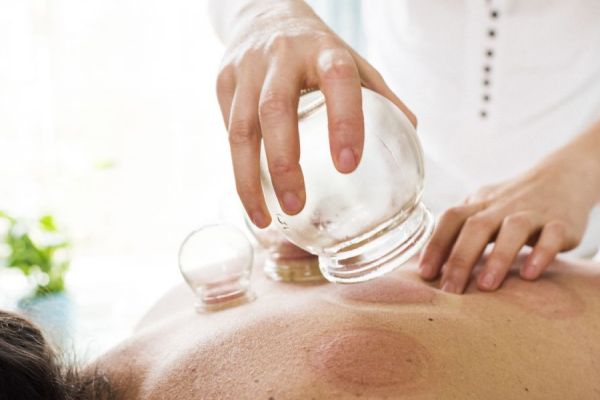
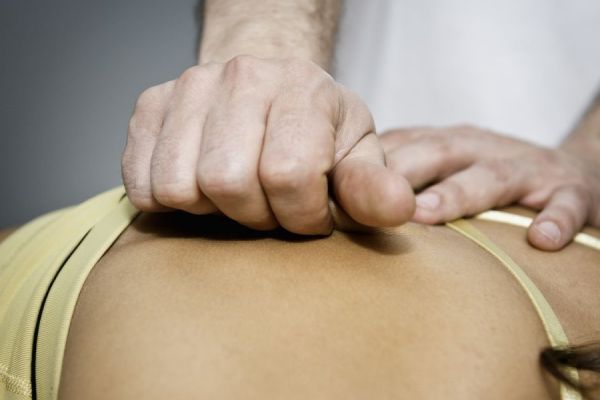

















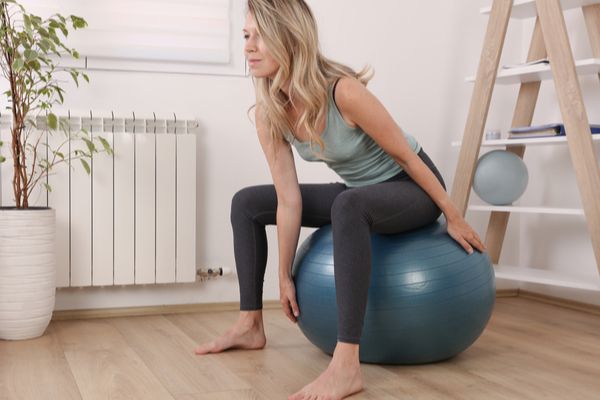



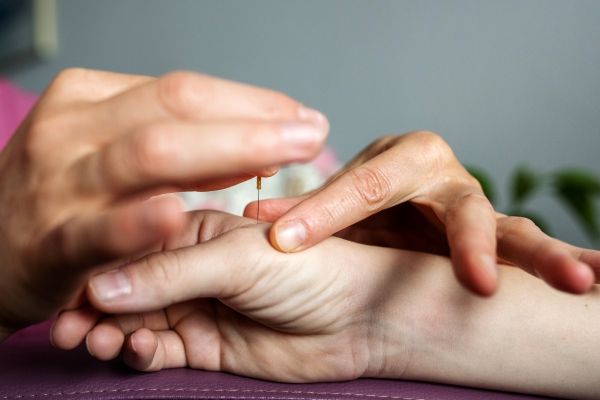




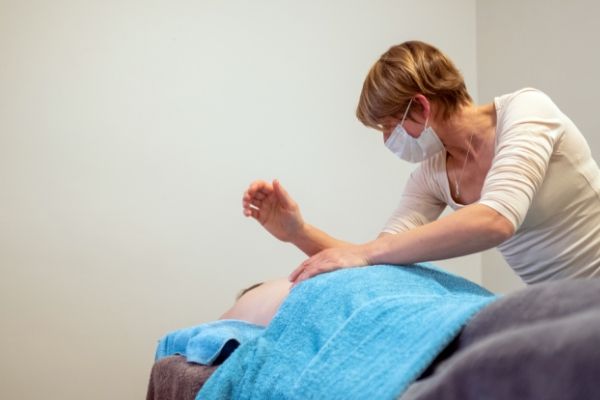




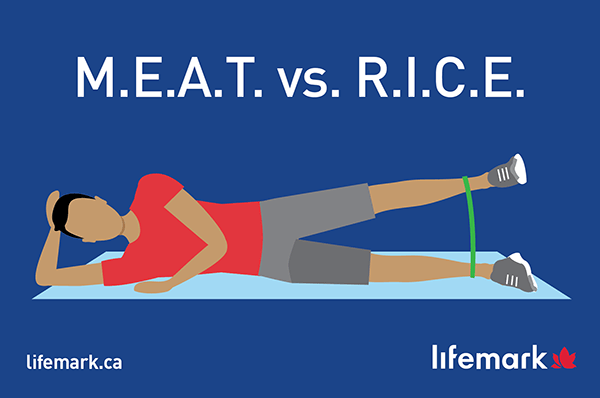




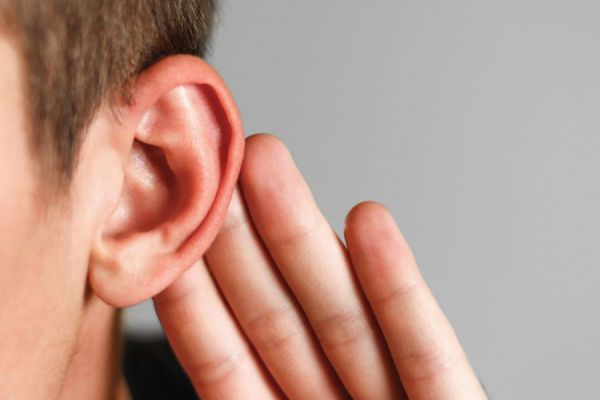


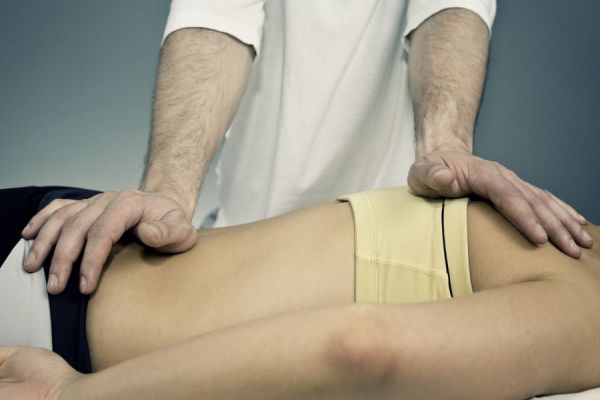


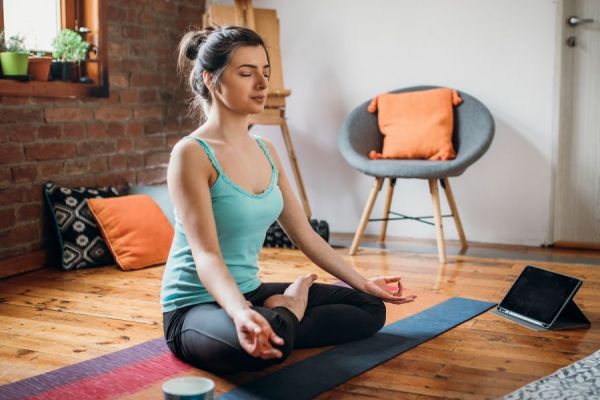






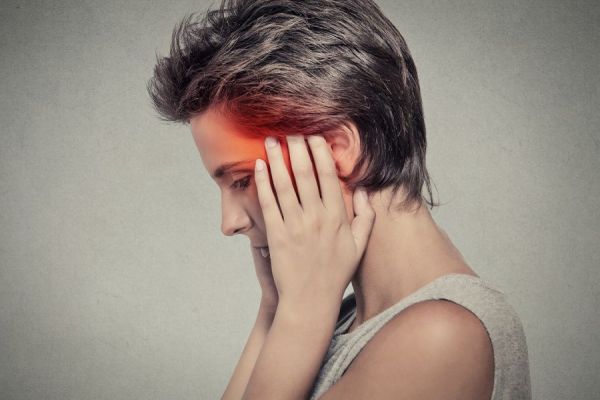

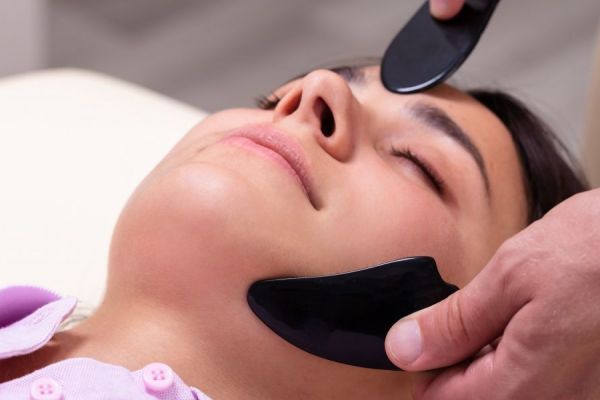


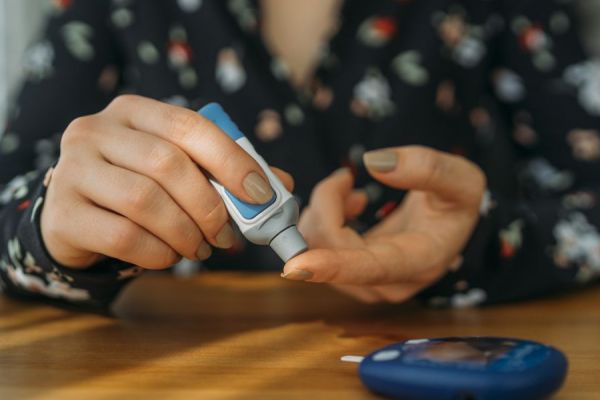
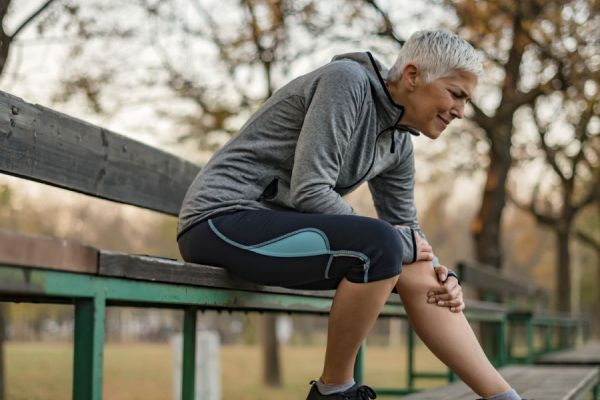
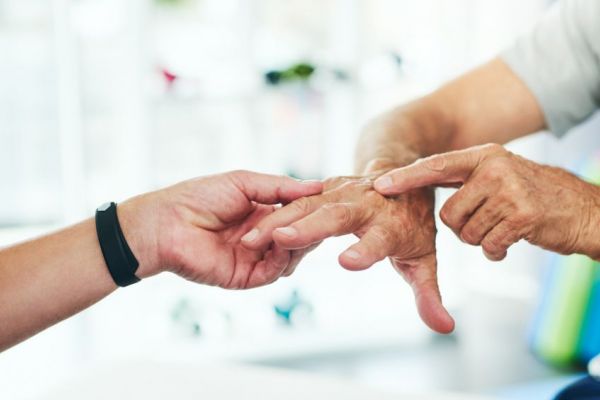







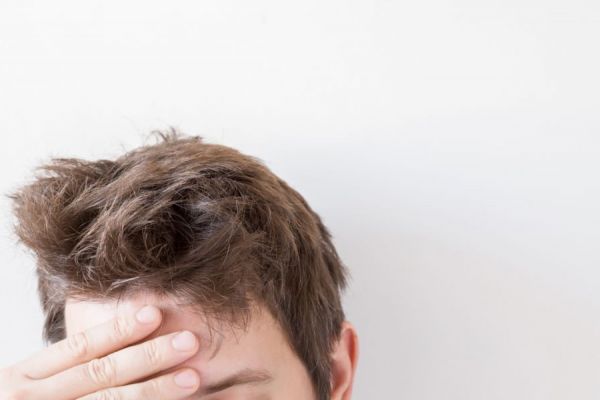




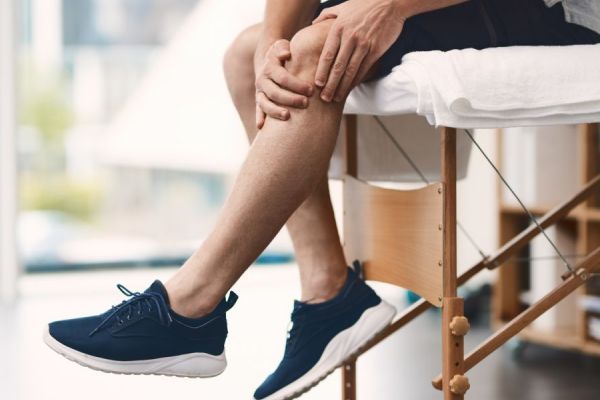

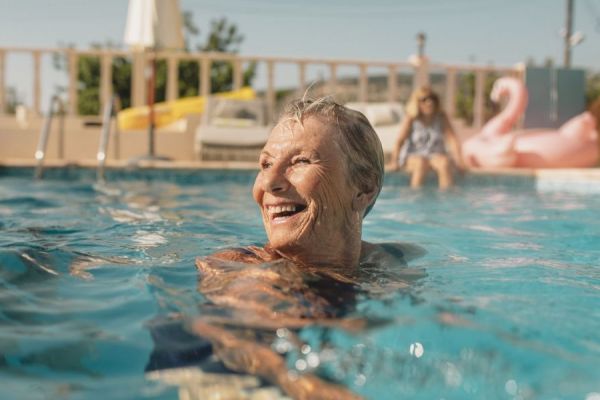
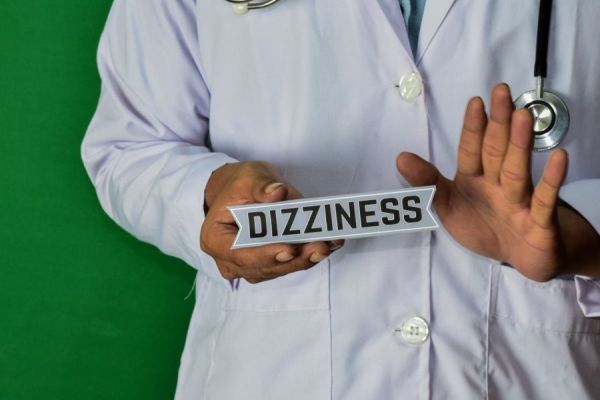
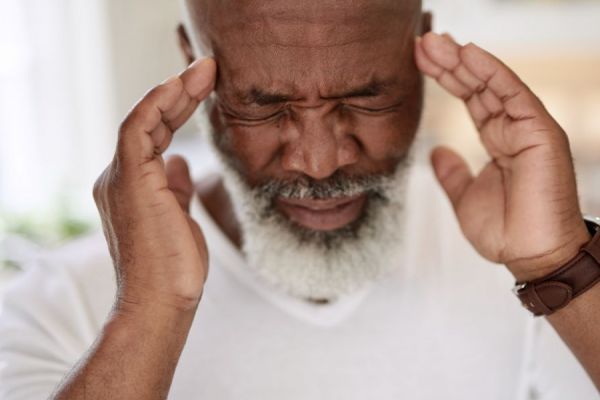






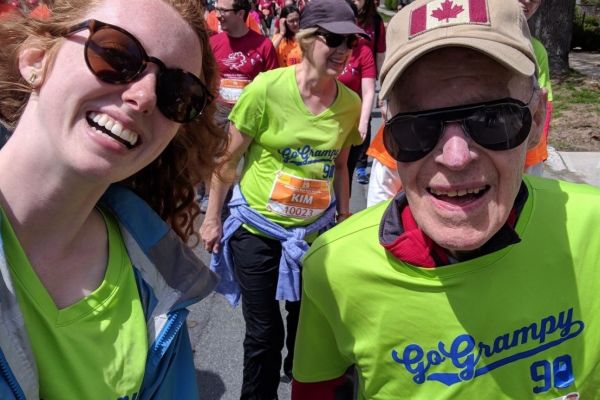




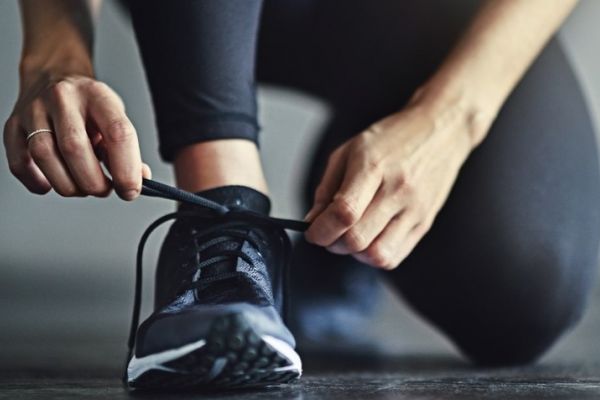



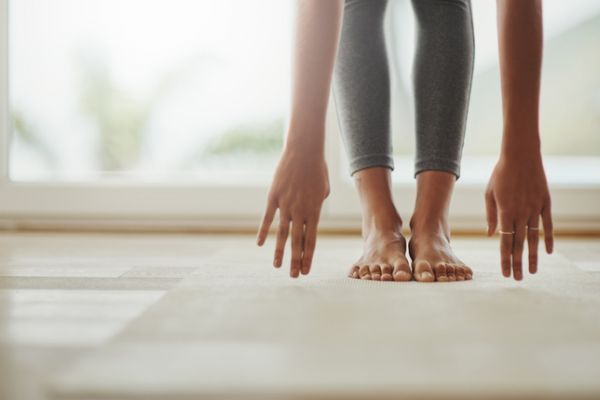

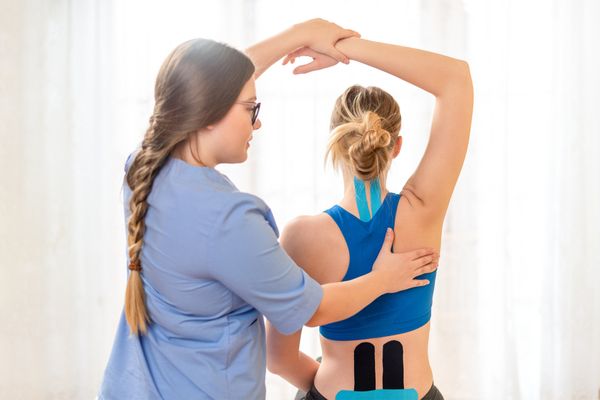










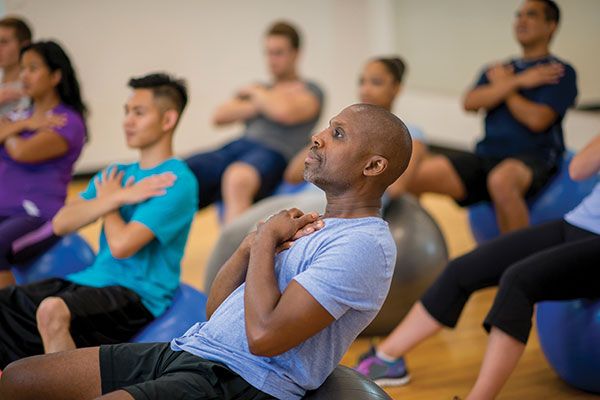




















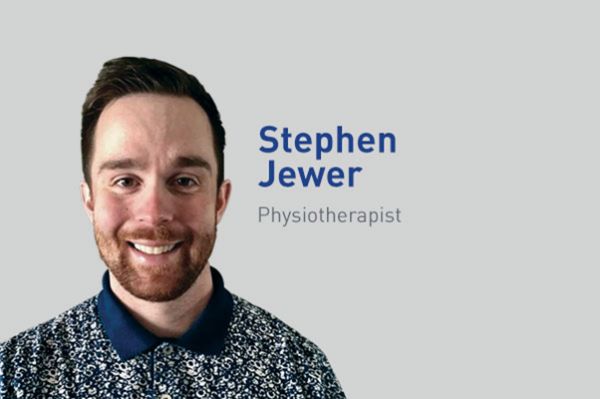









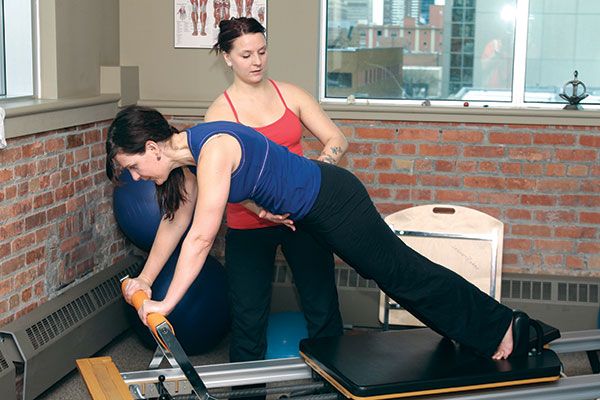




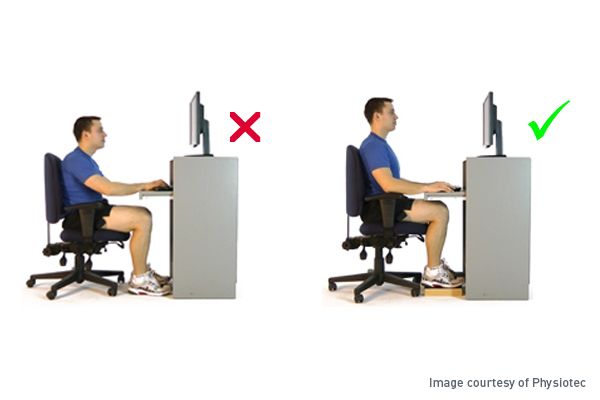
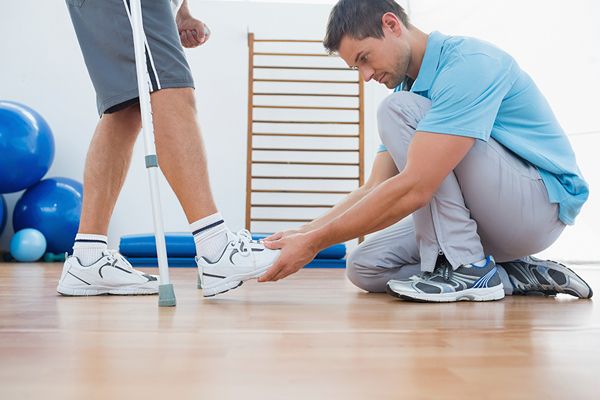

We can help you move and feel better.
Book an appointment today.